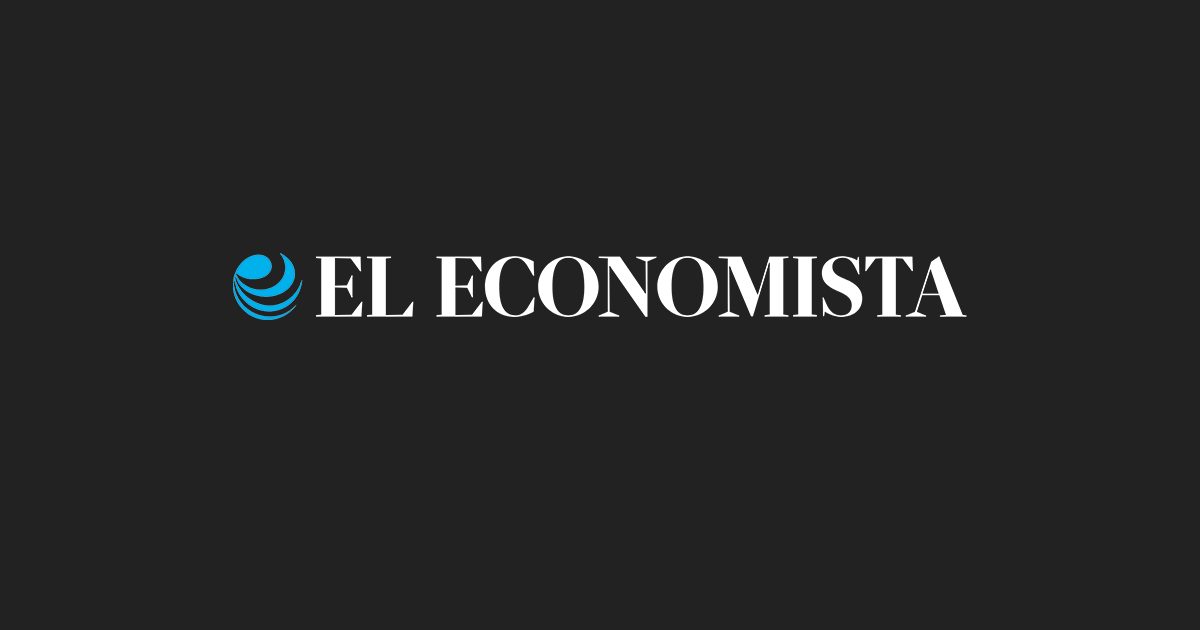We live in strange times that produce strange questions: Why has a country that grows more than 4% and has an annual inflation of 2.7% become one of the great sources of concern in the world economy?
There is no easy answer. There are many red lights and many concerns. Let’s start by saying that China had spoiled us with its extraordinarily good results. The world’s second largest economy has had average annual growth rates above 8% for more than three decades. It is the world’s largest consumer of raw materials, a locomotive that generates much more than one point of the Gross Domestic Product for countries like Chile, Brazil and Australia; It also competes with the United States as the main market for manufactured goods and intermediate products for industrial processes.
China will grow 3.9% in 2022, perhaps less. At the beginning of the year a growth of 5 to 6 percent was projected. The expectation of low growth of the Dragon caused a reduction in interest rates by the Central Bank of China. This was enough to bring down the world price of oil by 4.6% on Monday, August 15. This is a sign of its importance in global markets: it imports 11.8 million barrels of oil daily. It is the world’s number one importer of black gold, as well as iron ore, soybeans, copper, automobiles, electrical machinery, optical products, organic chemicals, plastics, gems and precious metals.
China’s economic malaise is bad news for all the countries that sell it raw materials and for those that supply it with industrial inputs and finished goods, including South Korea, Germany, Japan and the United States.
What is Chinese malaise? Two themes have dominated media coverage: the draconian lockdowns in big cities to control covid and the problems of the real estate sector. The first refers us to a movie that we already lived in 2020. It is a corrected and enlarged version of measures that were taken in some countries, before a vaccine was available. The government has shown signs of firmness and/or rigidity. The largest city, Shanghai was quarantined during April and May. The capital Beijing also had its share of lockdowns. The strategy has been unable to eradicate the threat of the virus, but it has generated disruptions in the world’s factory production and brakes on consumption. It brought a 2.6% drop in GDP in the second quarter of the year, compared to the first three months of 2022. If the reference is the second quarter of 2021, the growth rate is 4.8 percent.
The covid worries and affects the economy, but the greatest nervousness among specialists seems to come from the real estate sector. The first warning came from the giant Evergrande, which in 2021 confessed to the markets its inability to pay its liabilities amounting to 300,000 million dollars. It was world news, among other things because we are dealing with the most indebted real estate company on the planet. A year later the Evergrande crisis has not ended, rather we have new cracks in the colossal Chinese real estate-mortgage edifice. Around 30 companies in the sector have defaulted on their foreign debt payments.
These days, homebuyers are boycotting some run-down housing companies. It is remarkable because it is a relatively large protest movement in a country where disobedience is not tolerated. The protests exacerbate the financial problems of around 100 projects and have some slogans: “If the construction stops, the payments also” “Deliver the houses and you will have your payments.”
The boycott affects the projects and sows doubts. There are about $220 billion of credits related to unfinished projects. The greatest risk is that the lack of confidence in the viability of many developments spreads and exacerbates the crisis in a sector that is key to the Chinese economy: 70% of the families’ assets are in their homes, around 7% of the Product Chinese Gross Domestic is directly linked to the real estate sector.
Is the world ready for a crisis in China? We do not know, among other things because this has not happened in the last 40 years. The good news is that, for now, the Chinese slowdown is helping to curb inflation in other parts of the world, including the United States and Mexico.














